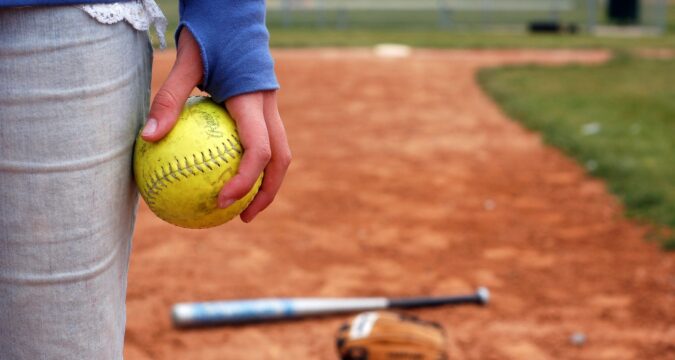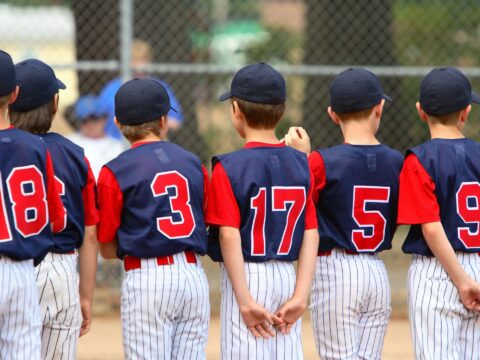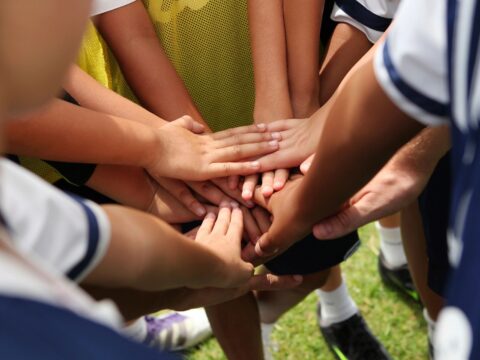Lessons Learned from the Summer of Playing Softball During COVID-19
On March 12, life as we know it stopped cold. Schools and related activities shut down, businesses closed or sent employees home to work remotely, and social gatherings were canceled or postponed indefinitely.
It took until June 27 for a return to the closest thing to normalcy – the resumption of our travel softball season in the Philadelphia suburbs.
Uncertainty has been a theme for the past five and a half months, but since the start of summer concerns about safety protocols and rising case numbers were supplanted by familiar concerns over batting orders, practice times, and weekend schedules.
This past weekend, the summer season came to an end after six tournaments over the past eight weekends. Here are a few of the lessons learned from the summer of playing softball during COVID-19 and key takeaways for navigating youth sports going forward.
Getting Back to the Game
The first glimmer of hope came via an email from my daughter’s pitching coach sent Memorial Day weekend announcing lessons would resume the following week. There was a comprehensive list of new guidelines to follow, along with a promise that anyone who did not feel comfortable returning just yet would have their spot held, no questions asked.
That first lesson was an eye-opener to be sure. Players, parents, coaches in masks as far as the eye could see, with tape on the floor marking where each person should wait their turn until the lesson was ready to start. To be honest, it felt more like a trip to a doctor’s office than a fun activity. But as soon as we started throwing the ball, the masks and other accoutrements became afterthoughts.
Team practices followed about a week later. This was admittedly harder, as kids excited to see one another for the first time in months were told in no uncertain terms to maintain their distance, with each player given a specific spot to place her equipment for the duration of practice. Actions as innocent as a first baseman lining up with a runner on base were viewed with trepidation and uncertainty by coaches – and parents – navigating unfamiliar terrain.
The moment of truth came at our first tournament. Throughout the week, we received email communications from coaches, thinly veiled threats from the tournament’s governing body as to the repercussions of disobeying the often confusing, and at times contradictory guidelines. On the day of the event, we dropped each girl at the field at the appointed time (one hour before first pitch)… then headed to the local convenience store or napped in the parking lot, as we’d been told not to arrive at the field itself until our game was scheduled to begin.
Entrusted with the enviable task of making sure all our team’s parents followed the guidelines, I was permitted to go to the field a few minutes early. It looked like a normal tournament, except for the fact that all spectators were gathered in the outfield rather than along the baselines. From what I could see, people did a solid job of distancing, with ample room available. Seeing the game was no problem either.
(One thing I learned: even when things return to normal, the outfield is my new preferred vantage point for softball games. The sightlines are ideal, and the temptation to offer advice to players/coaches/umpires is greatly reduced when it requires amplifying your voice to be heard 250 feet away through a mask.)
Back to game day… except for the fact it was late June and 91 degrees rather than the usual 51 degrees in early April, it was a typical opening game – some were hesitant to swing the bat, mistakes were made on each side, several position changes, and a higher-than-expected score. A brief shower in the second inning did little to quell the players’ excitement, and the game proceeded into the late innings, approaching the 90-minute time limit.
But as the fifth inning began, ominous clouds hung over the area. Then it began – the type of rain you can hear and almost smell before you ever see or feel it. The field was deluged, rendered unplayable in minutes. Small canopies and even individual umbrellas became refuge spots for small groups. Turns out all the social distancing guidelines in the world don’t change your instincts when faced with rains that would have caused Noah to do an about-face on his Ark.
Eventually, we dried off and returned for more games the next day… and the following week, and most weekends since. We played all over Pennsylvania and headed to other government-approved states for tournaments. Some players opted out of the season entirely – at one event, an entire team opted out – but were met with understanding and supportive responses from coaches and teammates alike.
The total tally? Six tournaments, about 25-30 games, three overnight stays in hotels, and one seemingly lost summer saved by a resilient group of kids, coaches with the ability to adapt on the fly, and families willing to make small sacrifices for the greater good. There were adjustments – no team meals at restaurants this summer, for one – but ordering pizza and spreading out around a hotel lobby is more relaxing (and economical) after a long, hot day.
It was an adventure at times, to be sure, and everyone certainly hopes for a more ‘conventional’ 2020-2021 season (scheduled to begin in only a few weeks). But for a team of 13-year-old girls, for many, this was their first experience having to make real sacrifices in order to play a game they love. Most importantly, everyone came away healthy, and by the end of the season, there was little questioning of the new guidelines.
Challenges remain, to be sure, in the return to sports during COVID-19. As we’re already seeing, school sports remain another challenge entirely. But make no mistake – this can be done, and it can be done safely. Our salvaged season stands as proof.






1 thought on “Saving a Softball Season”
Comments are closed.